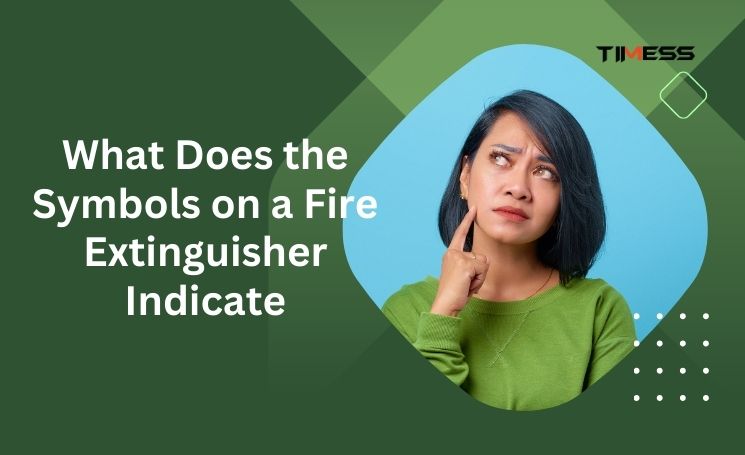Fire extinguishers have various symbols and labels to convey crucial information about their purpose and proper use.
Understanding these symbols can be crucial in using the right extinguisher for the right type of fire, ultimately keeping you and others safe in an emergency.
Here’s a breakdown of the most common symbols you’ll find on fire extinguishers:
1. Class Rating:
- This is the most prominent symbol, usually a letter or combination of letters indicating the types of fires the extinguisher is effective against.
- A: Ordinary combustibles like wood, paper, and fabric.
- B: Flammable liquids like gasoline, oil, and grease.
- C: Electrical equipment and wiring.
- D: Combustible metals like magnesium and potassium.
- K: Cooking oils and fats.
2. Numerical Rating:
- This number, often accompanying the class rating (e.g., 5A, 10B), represents the approximate size of the fire the extinguisher can handle. For example, a 5A extinguisher is meant for small paper and wood fires, while a 10B one can tackle larger gasoline or oil fires.
3. Operating Instructions:
- These are pictograms or written instructions detailing how to use the extinguisher safely and effectively. They typically involve steps like pulling the pin, aiming the nozzle, squeezing the handle, and sweeping across the base of the fire.
4. Color Coding:
- Different types of fire extinguishers are often color-coded for quick identification:
- Red: Water (Class A)
- Cream: Foam (Class A & B)
- Blue: Dry Chemical (Class A, B, C, and some D)
- Black: Carbon Dioxide (CO2) (Class B & C)
- Yellow: Wet Chemical (Class A & K)
5. Other Symbols:
- Additional symbols might be present depending on the specific extinguisher type or features. These can include pictograms for inspection frequency, maintenance requirements, or limitations like not using the extinguisher in water or enclosed spaces.
Remember:
- Always familiarize yourself with the symbols and instructions on your specific fire extinguisher before relying on it in an emergency.
- Choose the correct extinguisher for the type of fire you’re facing.
- If unsure, evacuate the area immediately and call emergency services.









